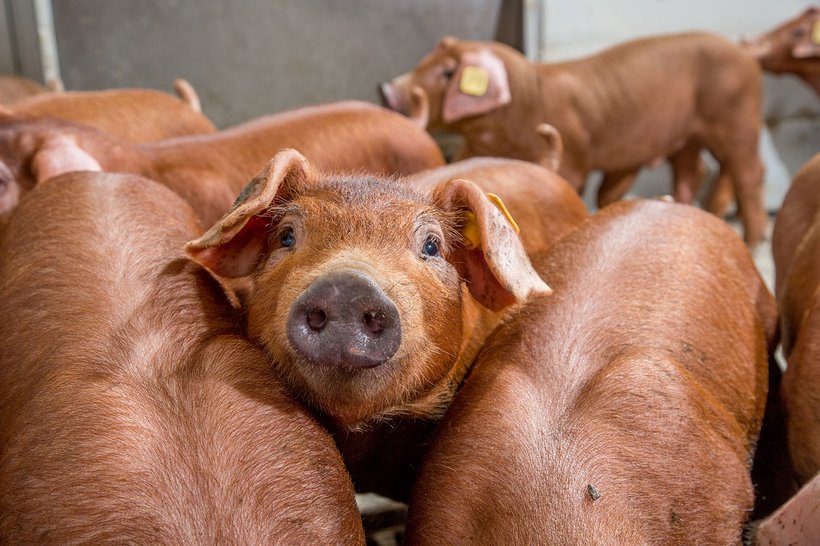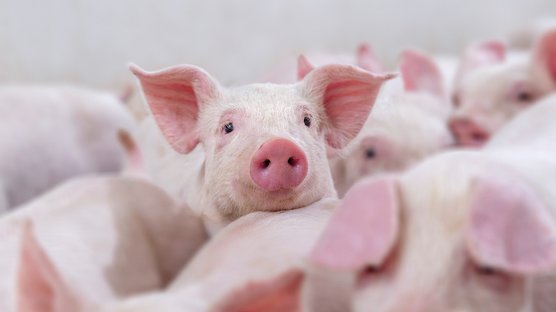
Published on May 27, 2020
The delicate balance between genes, environment, and performance
In the scientific field, the nature vs. nurture debate is the subject of numerous studies when looking at human behavior. Are your actions and personality determined by your genes or by the environment you’re raised in? In many cases, results show that a mixture of the two are at play.
Similarly in animal breeding, the same genetics nurtured in two different environments can impact the performance they exhibit. An animal’s genetic code (or genotype) is linked to different traits, and the interaction between the genotype and the environment can make a difference in performance. This is known as the “genotype by environment” effect (GxE). GxE can be noted at the phenotypic level and can have a major impact on genetic gains. Our balanced breeding programs account for GxE in a number of different ways to ensure that our animals perform well in a commercial environment. Examples from three different species are examined: salmon, layers, turkeys, and swine.
Within the Swine R&D department, GxE is managed in a number of ways. Swine nucleus farms are located in different regions, including France, Spain and Canada where the animals are fed using the same diet specifications, but the ingredients that make up the diet vary from country to country, or region to region. In addition, by exchanging semen between both Europe and Canada, we have family members in both regions, and we are able to assess how animals perform when eating the local feed ingredients.
For the dam lines, BioHypor is a program where a mini-nucleus is set up within our customers’ production system. These systems are located all over the world and allow us to collect data on reproduction traits in all environments. On top of the reproduction data collected from the nucleus farms, using the BioHypor program, we gather the reproduction data from another 75,000 – 100,000 sows sent in by our customers. Combining the data from these sources allows us to better understand and predict performance in a range of environments.
Within the sire lines, CCPS (combined crossbred & purebred selection) has been set up to test finishing performance of the three way cross under commercial conditions. For this, we test hundreds of offspring from each boar to gather data on how these offspring will perform under commercial conditions. Recently, we have set up a new form of CCPS, where the main focus is on livability. This is a trait with low heritability, and so we test a high number of offspring per boar to get a good differentiation between boars/families.
Every year, our R&D departments work to continuously improve performance. Part of this work involves testing and collecting data from a range of systems to learn more about the interaction between genotype and environment. All this is for the benefit of the value chain to provide efficient, healthy products for the market leading to better breeding today for a brighter life tomorrow.



